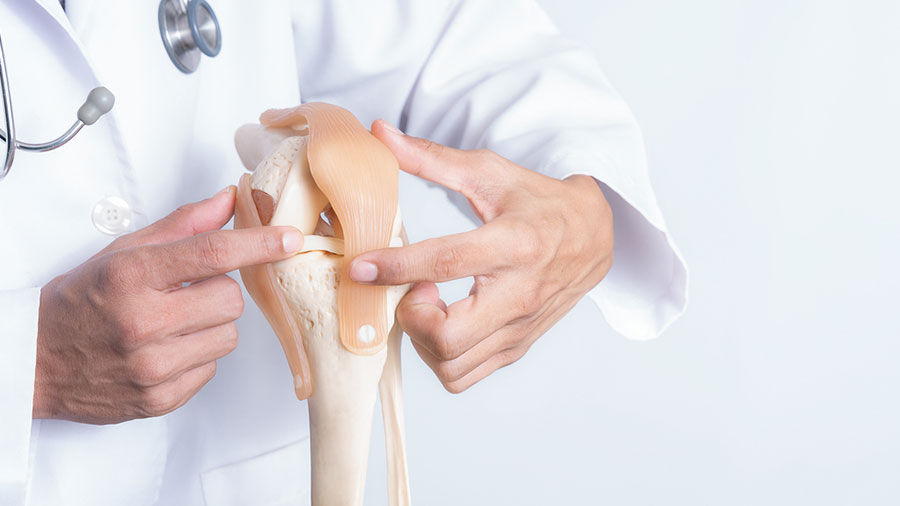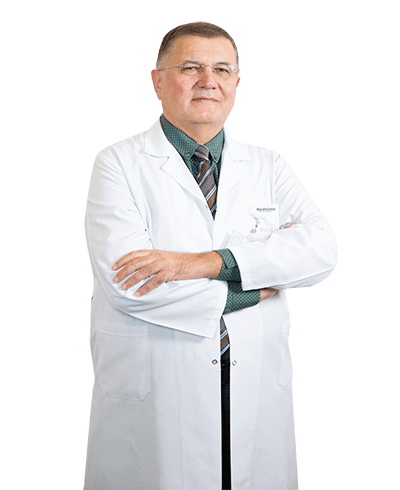
In the intricate tapestry of medical disciplines, Orthopedics and Traumatology stand as pillars of hope and healing for individuals grappling with musculoskeletal conditions. Beyond the realm of bones and joints, this dynamic branch of medicine reaches into the very core of our physical well-being, addressing a myriad of issues that affect our ability to move, function, and thrive.
Defining Orthopedics
Orthopedics, derived from the Greek words “ortho” (meaning straight) and “pais” (meaning child), originally focused on the correction of musculoskeletal deformities in children. Over time, it has evolved into a diverse discipline encompassing the management of injuries, degenerative diseases, and congenital disorders affecting the musculoskeletal system.
The Role of Traumatology
Traumatology, a subset of orthopedics, specializes in the treatment of traumatic injuries to the musculoskeletal system. These injuries can result from accidents, falls, sports-related incidents, or other forms of physical trauma. Traumatologists excel in rapid diagnosis, emergency care, and surgical interventions when necessary.
Common Musculoskeletal Conditions
Orthopedics and Traumatology address a wide range of musculoskeletal conditions, including:
Fractures and Dislocations
Fractures, or broken bones, can occur in various forms, from simple cracks to complex fractures requiring surgical intervention. Dislocations involve the displacement of bones from their normal positions, often requiring immediate realignment.
Arthritis and Joint Disorders
Conditions like osteoarthritis, rheumatoid arthritis, and other joint disorders lead to pain, inflammation, and reduced joint mobility. Orthopedic specialists employ various treatments, including joint replacements, to alleviate these issues.
Spinal Disorders
Back pain, herniated discs, and spinal deformities such as scoliosis are common spinal disorders treated by orthopedic surgeons. Procedures like spinal fusion and disc decompression offer relief to patients.
Sports Injuries
Orthopedic and trauma specialists are pivotal in treating sports-related injuries, ranging from torn ligaments and tendons to stress fractures and overuse injuries. Rehabilitation and surgical interventions help athletes return to peak performance.
Diagnostic Techniques
Orthopedic and trauma diagnoses often rely on a combination of clinical evaluation and diagnostic imaging. Common techniques include X-rays, magnetic resonance imaging (MRI), computed tomography (CT) scans, and ultrasound. These tools provide detailed insights into musculoskeletal structures, aiding in accurate diagnosis and treatment planning.
Treatment Modalities
Orthopedic and traumatology treatments encompass a spectrum of non-surgical and surgical approaches:
Non-Surgical Treatments
Non-surgical options include physical therapy, bracing, medications, and minimally invasive procedures such as injections for pain relief and tissue repair.
Surgical Interventions
Orthopedic surgeons perform an array of surgical procedures, including joint replacement surgeries, fracture repair, arthroscopy, spinal surgeries, and corrective surgeries for congenital conditions.
Advanced Technologies
The field of Orthopedics and Traumatology continually evolves with technological advancements. Robotic-assisted surgeries, 3D printing for customized implants, and regenerative medicine approaches are some of the innovative techniques enhancing patient outcomes.
Main services offered in the Orthopedics and Traumatology Clinic at Medistate Hospital are as follows: Orthopedic Trauma Surgery, Sports Traumatology, Prosthesis Surgery, Orthopedic Oncology, Pediatric Orthopedics and Traumatology, Hand Surgery and Microsurgery, Limb Lengthening and Leg Inequality, Foot and Ankle Surgery, Arthroscopic Surgery, Shoulder Surgery, Spinal Column Surgery and Hip Joint.
Asst. Prof. Mustafa Tekkeşin
Orthopedics and TraumatologyEducation Work Experience / Post-Specialization Training Medical Interests
DetailsProf. Osman Uğur Çalpur
Orthopedics and TraumatologyEducation Work Experience / Post-Specialization Training Medical Interests
DetailsM.D. Tevfik Balıkçı
Orthopedics and TraumatologyEducation Work Experience / Post-Specialization Training
Details




